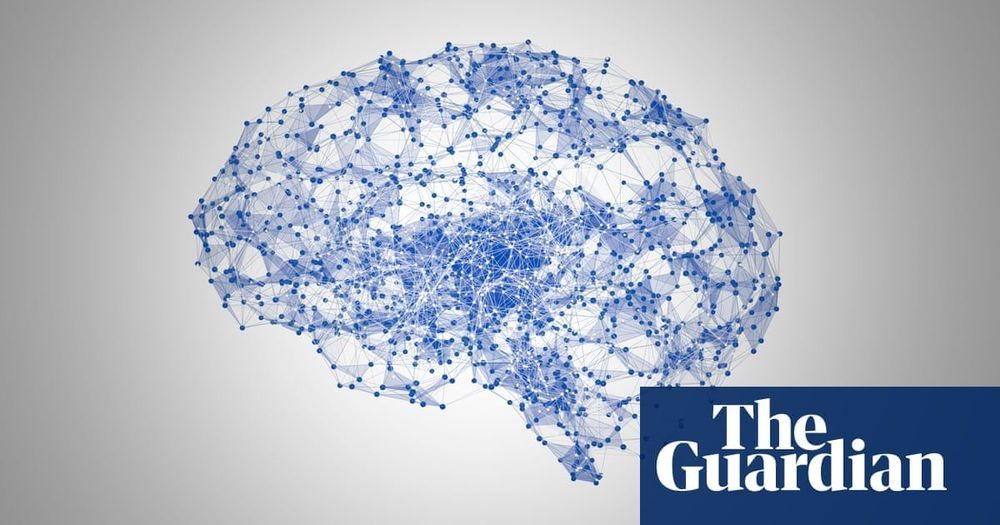Among those involved in David Pokora’s so-called Xbox Underground, one would become an informant, one would become a fugitive, and one would end up dead.



Pluristem Therapeutics, a Haifa-based regenerative-medicine company, has treated its first three coronavirus patients in Israel with its placenta-based cell-therapy product.
“In this time of emergency, we are honored to be taking part in the global effort to support patients and healthcare systems,” Pluristem president and CEO Yaky Yanay said. Pluristem said its PLX cells are “allogeneic mesenchymal-like cells that have immunomodulatory properties,” meaning they induce the immune system’s natural regulatory T cells and M2 macrophages. The result could be the reversal of dangerous overactivation of the immune system. This would likely reduce the fatal symptoms of pneumonia and pneumonitis (general inflammation of lung tissue).
The company dosed three patients in two different hospitals in Israel under a compassionate-use program for the treatment of COVID-19. It was approved by the Health Ministry.
Pluristem expects to enroll additional Israeli patients in the coming days. The company will share updates on clinical outcomes once significant data has been gathered, it said in a press release.
All the patients who have received the therapy are high risk. They are older, have preexisting medical conditions and have been intubated with a ventilator.



UNSW material scientists have shed new light on a promising new way to store and process information in computers and electronic devices that could significantly cut down the energy required to maintain our digital lifestyles.
Skyrmions, which can be described as ‘whirl’ shaped magnetic textures at the nano-level, have in recent years been flagged as contenders for a more efficient way to store and process information. One of their advantages is that they possess a kind of built-in enhanced stability over time, making stored information non-volatile and ‘live’ longer. Up until now, information in computers is processed through dynamic memory, which is less stable and therefore requires more energy to maintain.
According to researchers from UNSW Science, who also collaborated with researchers from Brookhaven National Laboratory in the US and the University of Auckland, the potential of what they call “skyrmion lattice manipulation” to lower energy consumption in electronics is an attractive alternative.

Museum directors ‘shocked and incredibly pissed off’.


“We are not there yet but we think this could be the basis of a speech prosthesis,” said Dr Joseph Makin, co-author of the research from the University of California, San Francisco.
Writing in the journal Nature Neuroscience, Makin and colleagues reveal how they developed their system by recruiting four participants who had electrode arrays implanted in their brain to monitor epileptic seizures.
These participants were asked to read aloud from 50 set sentences multiple times, including “Tina Turner is a pop singer”, and “Those thieves stole 30 jewels”. The team tracked their neural activity while they were speaking.

O,.,o.
In the far reaches of the Universe, astronomers have managed to capture a rare interaction. As a supermassive black hole ravenously slurps down matter around it, it’s sending out jets of plasma — pushing into and heating the gas in the galaxy around it.
This is difficult to capture at the best of times, but this case was a particularly impressive feat. The galaxy in question is a whopping 11 billion light-years away — when the Universe was less than 3 billion years old.
It’s called MG J0414+0534, and astronomers managed to capture it in detail because of gravitational lensing. In between us and the galaxy is a different, rather massive galaxy whose gravity distorts the path of the light travelling from behind it, creating four images of MG J0414+0534 around it (see image below).